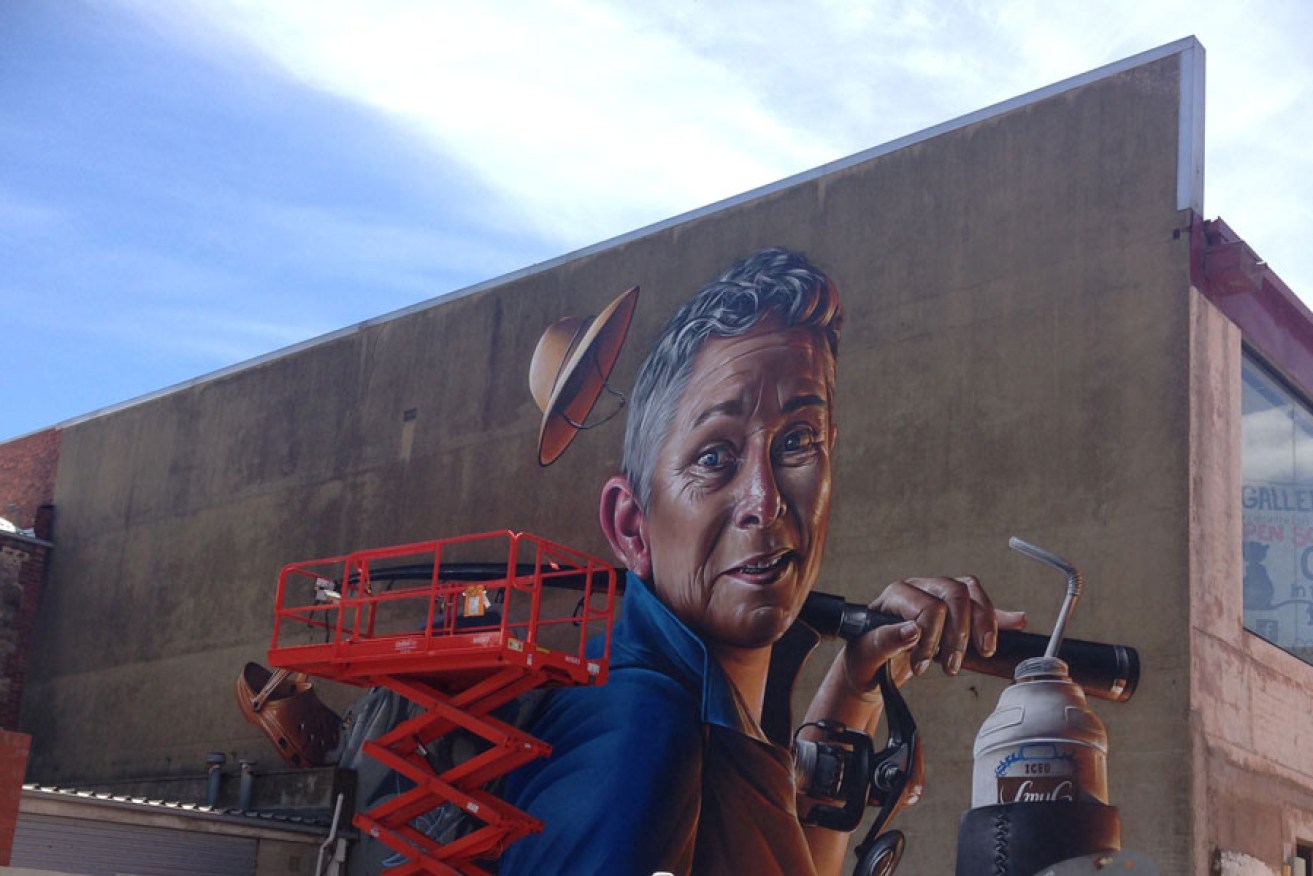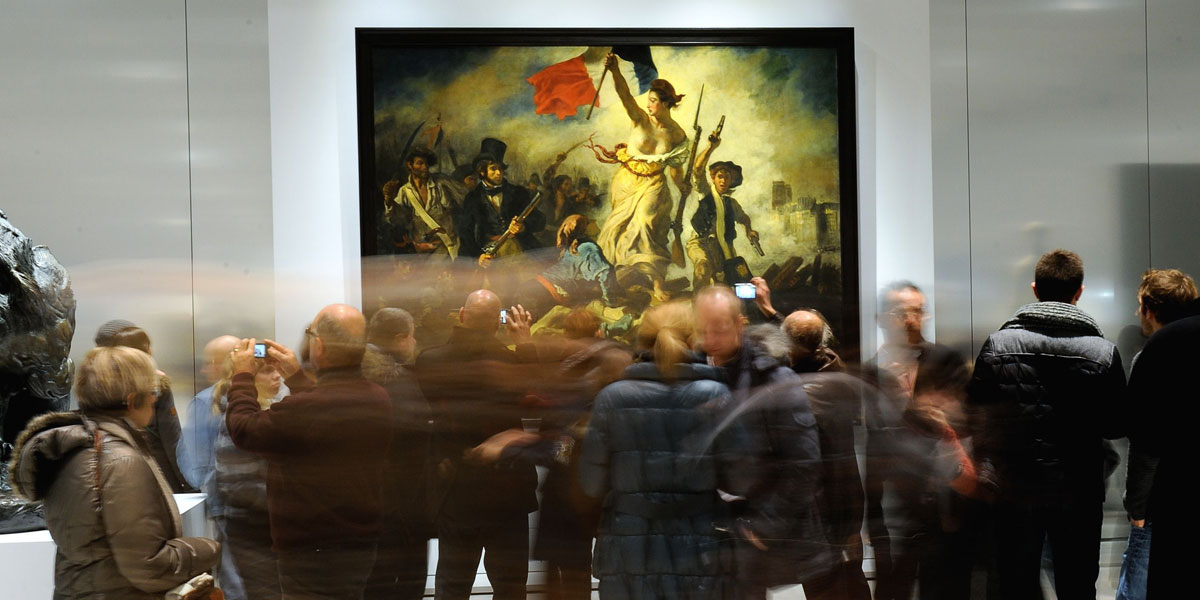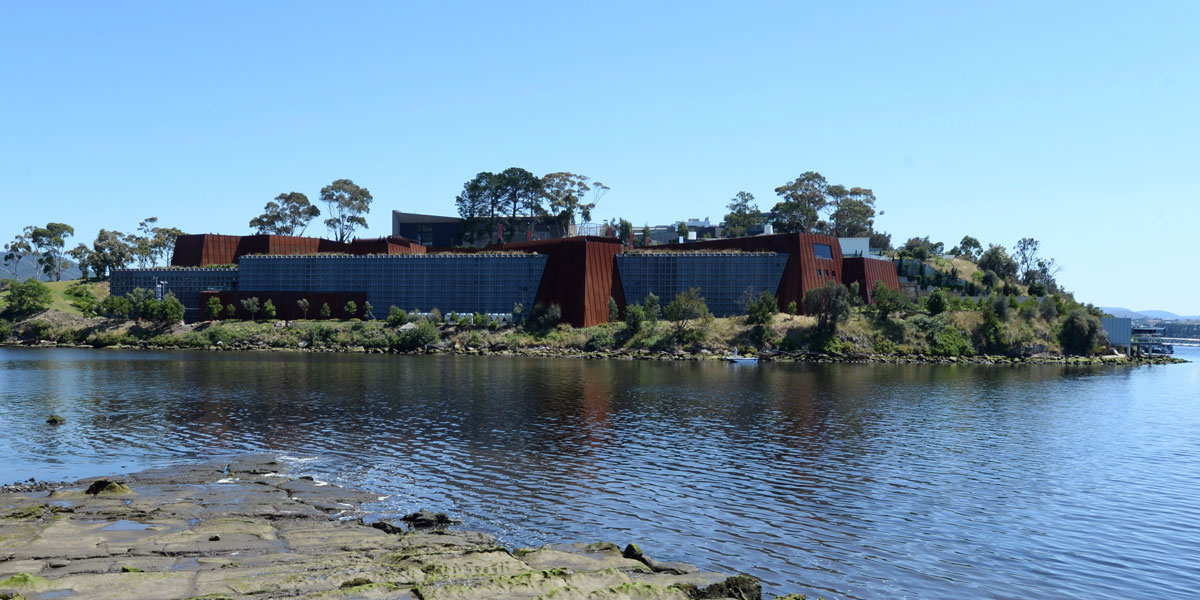Creating a museum without walls

One of Port Adelaide's striking "Wonderwall" murals. Photo Lisa Slade
Almost 70 years ago, as though pre-figuring the World Wide Web, French cultural theorist André Malraux created the Imaginary Museum (le musée imaginaire). This museum without walls enabled Malraux to curate and re-curate the world, over and over again, selecting reproductions of his favourite works of art to form his own personal ‘imaginary’ museum. Today, most of us carry such a museum in our imaginations – formed by travel, internet surfing and life experience, these private museums make us who we are.
In December 2012 the world’s best-known museum and one of the most frequently visited (with over 8 million annual visitors) – the Musée du Louvre – launched a new museum. A veritable museum without walls, Louvre-Lens features mirrored glass that reflects the surrounding landscape, thereby ‘disappearing’ the building itself. Situated outside Calais in northern France and designed by Japanese ‘starchitects’, SANAA, Louvre-Lens is not only an architectural wonder but an economic and cultural tour de force.
Like many of the world’s industrial coal mining cities, Lens was ripe for revitalisation. So successful is this northern Renaissance that the area is now known as the region of museums, and in coming years the Louvre will relocate the lion share of its collection to Lens. This northern engagement has brought the collection to new audiences from the nearby Netherlands, Belgium and England and is achieving what the French are describing as a double dynamic, whereby the local audience is developed and destination-driven tourism gains momentum.
What can we learn from this new geography?
First of all, innovation can come from anywhere and anyone.The Louvre’s last redevelopment was in 1793 when it was transformed from a palace to a museum.
Secondly, we learn that despite the temptation to curate the world via the web, the experience of the real is an enduring motivation, evidenced by strong museum audience growth worldwide. Technology appears not to have eroded our sense of the real but perhaps enshrined it, and museums are places that help us to be in the world.
And thirdly, we learn that art can lead revitalisation. Closer to home in the outer suburbs of Hobart in Tasmania, David Walsh’s Museum of Old and New Art has lead a local revolution. Museums are educating us in a new real.

The Eugene Delacroix masterpiece “La Liberté guidant le Peuple” (Liberty leading the people) at the Louvre Lens Museum. AFP photo
In early January this year the recently refurbished Flour Store at Hart’s Mill in Port Adelaide provided a dramatic, post-industrial back drop for a one night only screening of Allegoria Sacra by Russian collective AES+F, a work of art held in the Art Gallery of South Australia’s collection. These children of the Soviet system create their own imaginary museums, riffing on the history of art and focussing, in this instance, on a painting made more than 500 years ago by Italian Renaissance master Giovanni Bellini. The painting represents the ideal path of the purification of the soul with the figures in Bellini’s painting – from centaurs to saints – played out and translated into a 21st century version whereby purgatory is represented as that place of waiting that almost all of us are familiar with – the airport.
Projected across a 25 metre wall at Hart’s Mill the work was made by stitching together thousands of still photographic images, with the final 40 minute experience including music by Chopin, Handel, Schubert, Tchaikovsky and Vivaldi. A few hundred people made their way to Hart’s Mill on a 44 degree day in Adelaide that culminated in severe storms and heavy rain, seemingly playing out the drama inherent in the work of art.
In recent days, the Wonderwalls street art festival has transformed Port Adelaide into a museum without walls. Bringing mural artists from around the world to the Port demonstrates that art is no longer about the edifice. Art can be everywhere. This is not a new point to make, in fact, in many ways it’s a reminder of the essential role that art has played for most of history. Such a project reinstates art’s power and proves the role of art as a drawbridge for renewal.
Nick Mitzevich is Director of the Art Gallery of South Australia.
He will be a regular contributor to InDaily’s opinion pages in 2015.





